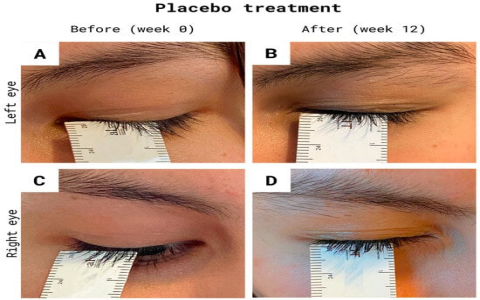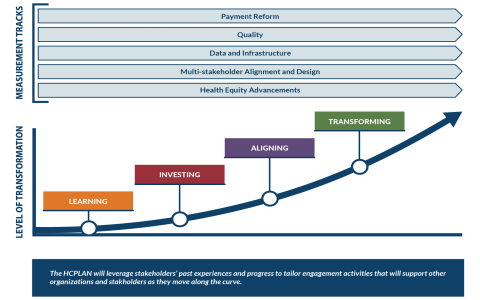How to Calibrate Your Blood Glucose Meter for Accurate Readings
Well now, if you got yourself one of them blood glucose meters, you might be wonderin' how to make sure it’s workin' right. Don't worry, I'm here to help you out, though I ain't no doctor, just someone who’s been around long enough to know a thing or two about these gadgets. Now, calibrating your blood glucose meter might sound fancy, but it’s really just makin’ sure your meter is givin' you the right numbers when you check your blood sugar. So, let’s get down to it.

First off, you need to understand that most of these meters are pretty straightforward, but they need to be calibrated once in a while, just to make sure the readings are accurate. If you’re using one of them fancy meters like the Freestyle or Contour, they’ll usually come with instructions on how to do it right. But let me tell you, it ain’t hard once you know the ropes!
Step 1: Gather your stuff
Before you even think about startin’, make sure you got everything you need. You'll need your glucose meter, some test strips, and of course, a little blood to test. I know, nobody likes pokin’ their fingers, but it’s gotta be done if you want them readings right. Also, make sure your test strips ain't expired. I can’t tell you how many times folks mess up ‘cause they’re usin' old strips. Keep ‘em fresh, ya hear?
Step 2: Clean yourself up
Now, make sure your hands are clean. Don’t just go poking your finger without wash ‘em up first, ‘cause dirt or anything else on your hands can mess up your reading. It’s best to wash ‘em with some soap and warm water, and dry ‘em real good. After that, grab your lancet—yep, the little thing that pricks your finger—and get ready to do the deed!
Step 3: Use your meter
Now that you’re all set, it’s time to fire up your meter. Most meters, like the Freestyle or Contour, have a simple on-off switch. Just turn it on, and wait for the screen to show up. Once it’s ready, put your test strip into the meter. You’ll see a little drop of blood icon show up on the screen. That means it’s time to get that finger pricked!
Step 4: Take the blood sample

Don’t be shy now, prick that finger, and get a nice drop of blood. You don’t need a whole puddle, just a small bead of blood will do. Put the tip of the test strip in the drop of blood, and make sure it soaks in. Don’t worry if you don’t get it right on the first try, just try again. Once the meter’s done its thing, it’ll show you the reading. Write that number down somewhere, ‘cause you’re gonna need it in a minute!
Step 5: Calibrate your meter (if needed)
Now, here’s the important part. Some meters, like the ones from Bayer or Abbott, might ask you to enter a “calibration” number. This usually happens when you first set up your meter, or if the readings have been a little off. If you got one of them continuous glucose monitoring systems, you’ll need to enter the reading from your meter into your pump. It’s all about gettin’ the system to match up. If your meter ain’t matchin’ up with the pump or sensor, you might need to enter the reading manually. You’ll usually be able to enter numbers from 40 mg/dL to 400 mg/dL. Don’t panic though, most folks do this part without even thinkin’ much about it.
Step 6: Double-check your numbers
Once you’ve put in your numbers, make sure the readings match up across the board. Sometimes, the meter will ask for a second reading or a confirmation, just to be sure everything’s on the up and up. That’s perfectly normal. If the numbers don’t match after a couple tries, it might be time to check the battery or see if the strips are still good. You don’t wanna mess around with faulty gear!
Step 7: Keep track of it all
After all that, you should be good to go! But remember, you need to keep track of your readings over time. It’s good to write down your numbers in a little notebook or on your phone, especially if you’re workin’ with a doctor. They’ll want to know how your numbers are lookin' over time, so they can help you out if need be. No need to worry if it gets a little complicated. Just keep it simple and take care of yourself.
One last thing, if your meter ain’t calibratin’ right or it’s actin’ funny, don’t hesitate to call up the company’s customer service. They’ll help you figure out what’s goin’ on. And remember, it’s always a good idea to double-check with a doctor if you’re not sure about somethin'. Better safe than sorry!

So there ya go, folks! Now you know how to calibrate your blood glucose meter and keep things runnin’ smooth. Ain’t too bad, right? Just remember to do it right, and your numbers should be on track. Take care of yourselves, and don’t forget to check your blood sugar regular-like. It could save you a whole lotta trouble down the road.
Tags:[blood glucose meter, calibrate blood glucose meter, how to calibrate glucometer, Freestyle glucometer, Contour glucose meter, diabetes monitoring, blood sugar, test strips, calibrating diabetes meter, glucose meter accuracy]










